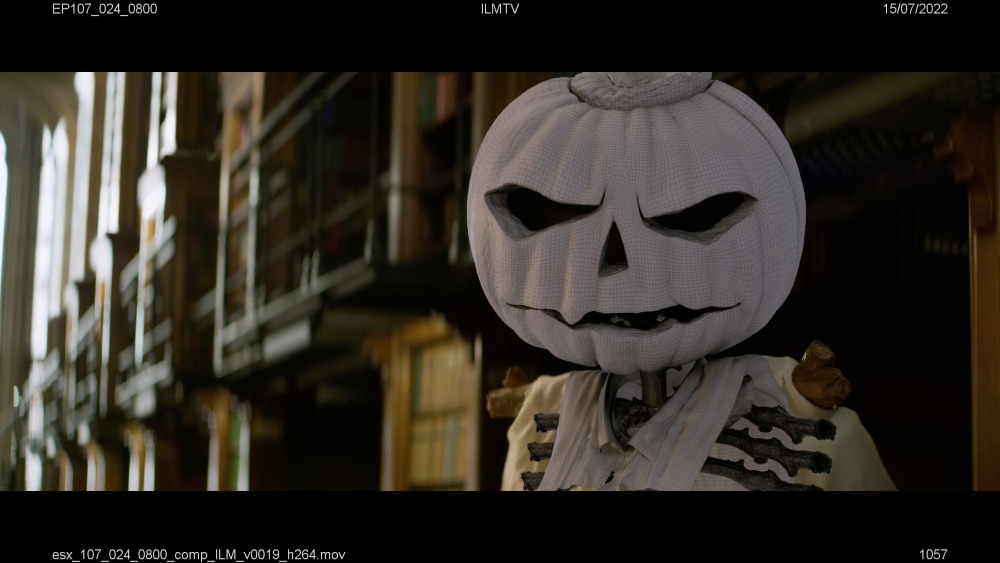
The Sandman, Netflix’s adaptation of Neil Gaiman‘s beloved DC Comic, is a bold undertaking, one that brings with it a legion of fans who feel strongly about the way they experienced the Dreaming realm when they first read it on the page. But the dark fantasy series, which has already been renewed for a second season, places a major emphasis on its look and feel, one that is both in keeping with the source material and wholly distinct on its own. VFX Supervisor Ian Markiewicz joined the project very early on and as a result, was able to play a major role in that unique vision.
Markiewicz had previously worked on series such as Krypton, Agent Carter, and The Flash, though this streaming effort was considerably bolder and more all-encompassing. In his conversation with Below the Line, he shared the process of working directly with the Sandman writers to help with various concepts, such as the decision to use real birds as stand-ins for CG creatures to make it easier to match footage.
Markiewicz also addressed the property’s ardent fanbase, which included many members of the Sandman crew itself, which he believes enhanced the final product. True fans will also appreciate the sheer number of Easter eggs that were included simply for the enjoyment of the diehards, who will surely be interested in the full interview below.
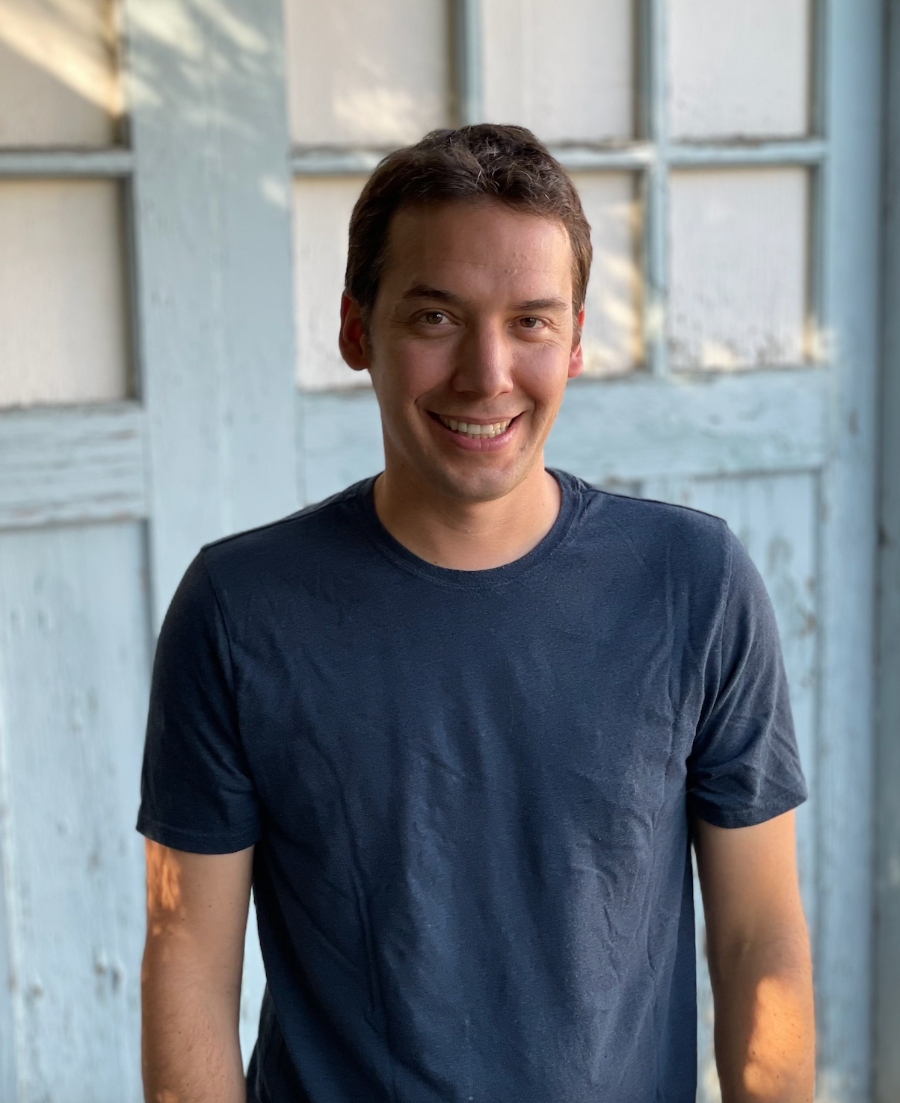
Below the Line: My first question for you is, do you dream vividly?
Ian Markiewicz: Ooh. I don’t think I do, no. I wish I did. Often, I have a hard time remembering dreams and tend to try to jot things down very quickly after if there was something of interest that I thought was an interesting nugget or whatever. But generally, no, I have not been able to tap into that on a regular basis from my own experience.
BTL: Do you think the aim with The Sandman was to create something that felt realistic or specifically something that didn’t feel quite real because it’s just supposed to be so extreme and intense?
Markiewicz: I don’t know the answer, but I really like the question, because I think that’s something that I grappled with a lot as well, particularly in the early stages of the project — trying to figure out how true to life this experience should be. It’s one thing to have the comic book be our touchstone, which it was, and [one] that we were always referencing, but it’s something else to figure out how to translate this to television in a way that feels satisfying.
And using time and temporal, spatial relationships, I think, was something that was part of that process in that TV has that unique ability to take you [and] transport you into a space, into a realm, whatever it might be, and you turn and you’re in another area, and you turn and you’re in another area. That, to me, is associated with dream logic and dream experience, and granted, you can experience that on the panel, on the page, but there’s something different about that immersive quality.
That was something we absolutely were considering as we navigated through sections of this, particularly when we’re in our dream-hopping phases, or dreams within dreams that we have the opportunity to explore a few times throughout the course of the run of the first season. So, that question was very much on my mind, and I feel like I would always be interested in dialing up more of that association with that free, loose dream logic, in terms of my experiences of moving through dreams [and] things that I can remember.
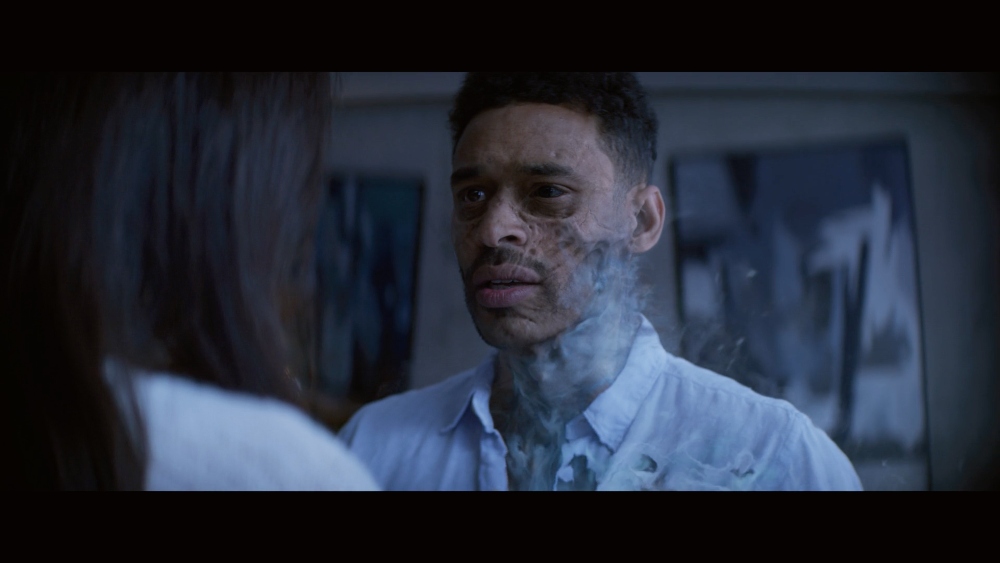
BTL: I think it’s definitely more Westworld than Inception, in terms of its approach — the idea that you never know exactly if what you’re doing is real. It’s less scientific than fantastical. Things aren’t always going to be logical, and just because you think you know where you are, that doesn’t mean that’s really the case.
Markiewicz: I think that’s fair. Yeah, absolutely.
BTL: So what was your collaboration like with Allan Heinberg and Production Designer Jon Gary Steele in terms of what you wanted this to look like?
Markiewicz: Those two were so key to the whole process. In terms of my role on the show, Neil Gaiman was the creator and executive producer [and] David Goyer was the executive producer. They brought on Allan, the showrunner, and then I was the fourth person brought on to the show. Jon Gary Steele was the fifth person. Before we had writers’ rooms, before we had anything, Allan, Gary, and I had long sessions where we would just brainstorm and just kind of go through things.
Allan had some outlines and scripts put together for earlier episodes, so we used that as a springboard, and Gary and I started out building out visual reference boards and mood boards and kicking those back and forth, and circling things that we liked. When we were both excited about something, we would present that to Allan. When the three of us felt like we were on to something, [we] often went to Neil to say, ‘here’s our take, here’s what we’re thinking.’ Even in our very earliest conversations, before anything started, there was imagery that we found that is either something that I stumbled on or Gary stumbled on, that very much inspired the show.
I’m thinking of the path in hell, where we have the idea of these fire carriers with baskets of fire on their back. That was an image that Gary came across in prep before we had scripts. The three of us loved it. I think it was a monk holding his basket with a flowing cloth, and we thought, ‘god, that’s an interesting image.’ Things like that just became part of the entire production experience of putting these things up on the wall and having boards up on the wall. From the beginning, it was always that aspect and that conversation.
One other component to that was the process of executing always became a question of the three of us sitting down in the room and saying, ‘what can we do practically? How can you get as much of this in camera as possible? What do we need to build if it doesn’t exist, and what of that build needs to be a physical build versus a digital build?’ So every set, every sequence, every scene, we approached it with that tact, sitting down and saying, ‘what can be done there?’
Now, for Season 2, we’re repeating that process. Right now, Allan has outlines and scripts, [and] we meet on a weekly basis, just the three of us, and we start breaking these down and saying, ‘where do we need to be to shoot this? How can we film it in camera? What do I need to build if we can’t film it on location, and if we are building, what can we build digitally versus physically?’ It’s always this very tight discussion and collaboration. I think that’s the only way that these things really work at the end of the day — when we are all in concert. Those two have been collaborators from Day 1 and continue to be even as we explore what this looks like moving forward.
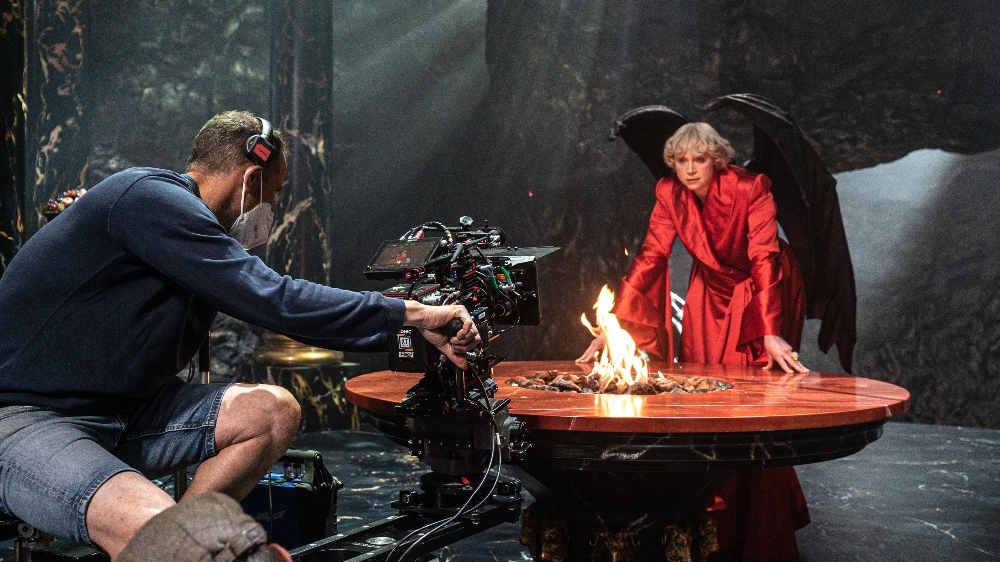
BTL: I know you’ve been involved in effects-heavy productions like Krypton before, but I feel like it’s rare that you would be the fourth person brought on, before the cast and most of the crew. Does that add any pressure, or does it just mean that there’s a solid investment in what your role is?
Markiewicz: It was such a wonderful… I don’t want to call it a luxury, because I felt like it was more than a luxury, [but] it was such a lovely setup. We never wanted Sandman to be a visual effects extravaganza. We never wanted it to feel like this whole thing was a construct. We wanted it to feel somehow grounded to our world when and wherever possible. And I think that being in a position to be on the show at that stage really allowed for those conversations to be informed throughout the process. So Allan was very open and welcoming.
When the writers started, we had a writers’ room for Season 1 before COVID, back in the normal times, and I had a desk right in that office, immediately outside. So all the writers had their offices, there was a group conference room where they would converse and have their main room, and my desk was right outside and their door was always open. So I could go in [and] sit in on writers’ room sessions. When they were trying to break through a certain problem, they would say, ‘hey, you know what, this one is kind of a visual effects mega sequence. What do you think, like, how can you do this? How can we stage the scenes in hell, for example?’
That became a big part, the physical layout of hell, figuring out how to do these sequences where we have this horde of demons. ‘Are we going to be in the horde? How does that play out in terms of the very real constraints and restrictions that go into any production in terms of, however large or small, there’s always going to be a finite amount of resources? How do we use the resources? And what areas do you want to invest more in, in terms of the resources available? And what areas can we pare down?’ These were conversations that were happening all the time.
In the writers’ room, they invited me to give a crash course in visual effects so that I could educate the writers a little bit on ‘you wouldn’t think this would be expensive, but this could be a really expensive scene maybe because of how it’s blocked or staged. Maybe if we just kind of tweak it just slightly, it suddenly becomes a very affordable scene or creature or character, or whatever the case may be.’ We never wanted the tail to wag the dog and have that be the defining characteristic. It was always about story, [and] about how do we best tell the story. But I think that everybody was really open from the beginning about saying, ‘what is the best way to tell the story? What’s the best way to utilize what we have available?’ That was a real privilege, to be involved in those conversations and feel like the project respected the role of visual effects in that it is a compliment to this entire thing. It is a tool that’s part of our tool kit.
Fortunately, I think we’re beyond the days of visual effects as [an] afterthought. I don’t think we’re there anymore. I think people recognize that more successful visual effects are ingrained into the prep and production process, and the times that we wrinkle our nose at what might come out, any scenario is often because it has this after-the-fact, pinned-on thing that doesn’t feel holistic to the project. It was always our ambition to make sure that we were thoughtful and mindful about how to deploy this particular tool from the beginning. That was really lovely. I really hope that, on projects moving forward, it becomes something that becomes a more and more established model. Not to say that I always have to be the fourth person hired, but just commit to that as part of the entire production process — prep, production, and post.
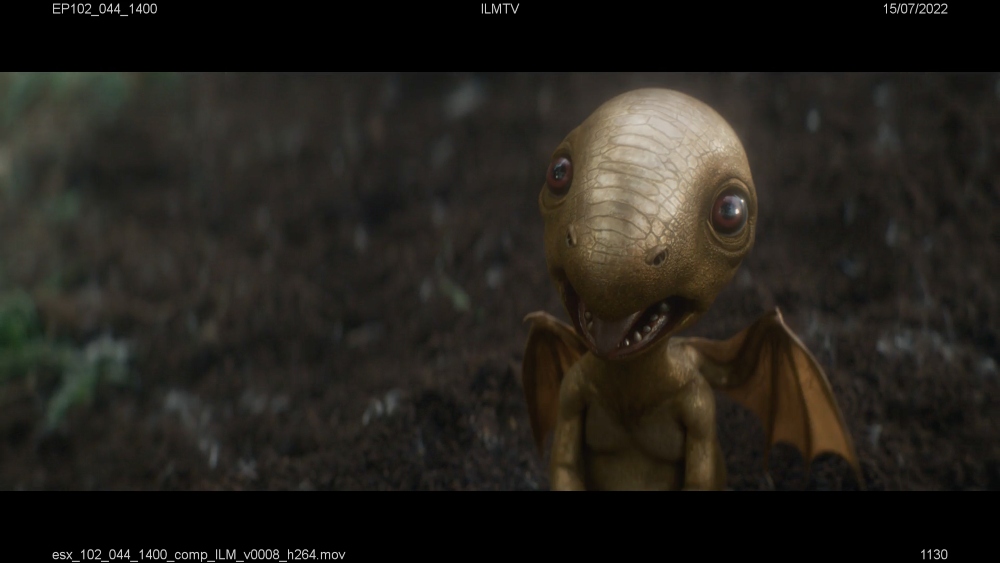
BTL: Were there any technical challenges that you still attempted even after that initial meeting and crash course?
Markiewicz: Always. The thing with visual effects is that there are a hundred ways to do it. We may choose right. We may choose wrong. You may not know what the right choice is out of that until you’re well past that decision point or looking back in hindsight. One of the big technical questions on the show, given where we are in this particular era of television and filmmaking is, ‘how much of this stuff should be on virtual volume? How much do you want to do on an LED stage, on location, [and] how much do you want to do on a green screen?’
We tended to kind of go old-school on this project. Even though there are a lot of visual effects, we, as a production, opted against doing a volume, so we did not shoot on an LED stage in Season 1. And it was a choice that we continued to question as we went, to make sure that we were still making the right choice for the production, and still deciding to move down the right road. This project could have easily been done in a volume, I shouldn’t say “easily,” but [it] could have been done successfully in the volume. But what we were interested in was trying to anchor it into something that was a little bit more physical whenever possible.
That did mean that sometimes we were in full green screen, but more often than not, it was, ‘let’s build what we can build. Let’s enhance all of that stuff.’ Even things that were shot that were practical, we may have gone in knowing that we would replace a lot of that material. It wasn’t an after-the-fact, oh gosh, we have to replace it. It was that practical reference is invaluable, whether that’s a location or a creature. We haven’t got into the nuances of some of that yet, but for example, Matthew, the raven, is a good example where we as a production said, ‘okay, well, we need a photorealistic bird,’ but that photorealistic bird has to have a performance, has to have a personality and a character and he speaks. He does things that birds can do, sort of, but not really. He’s a man trapped in the physiology of a bird and has a man’s brain inside this bird, but he has all of the limitations and benefits [that] a bird might have.
For us, we made the decision early on that we did want [to] have trained birds on set. We had three different ravens. There might have been a fourth, but three main ravens played Matthew on the day, and we knew that those ravens were largely going to be replaced digitally. In some instances, it was completely replaced and in some instances, it was sort of a modification of the practical bird. But 95 percent of the time, it’s a full CG bird that you’re seeing as Matthew onscreen, and that decision was one that I think the production really embraced — ‘let’s have a real bird, so that we have the real bird behavior,’ [and] the nuts and bolts things like eye line, camera framing, lighting, all of those things [so] that, yes, this bird looks great from this vantage [or] this angle.
Then, as visual effects, we get to hold that perfect reference, which is the most precious reference you could ever get of trying to recreate the bird, and then we recreated the bird. Sometimes we did our rotation, where we essentially almost followed and mimicked the performance of the bird as best as possible. [It was] the most frame accurate, but [we] modified the performance to our needs, whether that was adjusting body position, eye line, neck and beak behavior, all of those kinds of things that might be necessary.
Or there were times when we went more dramatic and needed to do more of a custom performance, which was a creative performance, where maybe we were just using that reference bird for lighting reference, for example. I think there’s a perception of, ‘how much of this is a real bird, and how much of this is a CG bird?’ Well, it’s almost all a CG bird, but it’s all rooted [in] a real bird. It’s all because we had a real bird there that we were able to attain this, I hope, level of fidelity and photorealism in that particular creature. And I think that example holds true for other things that we did on the show, whether sets or otherwise. You can pick out instances where we shot on location and we knew we had to make quite a few changes, but it was still really beneficial to get out into the world and to try to get that as a foundational piece.
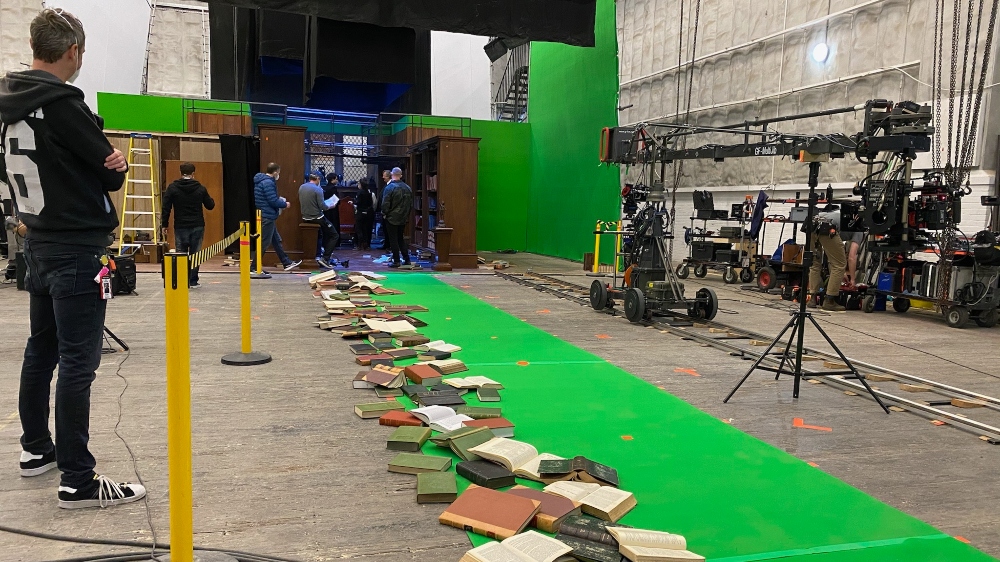
BTL: The show has been a tremendous success on Netflix. I have to assume that a lot of those people watching are diehard fans of the comic. Have you read or heard anything about how people feel regarding the look of The Sandman, and how important is that kind of fan feedback to you?
Markiewicz: I have, but it’s always through shielded eyes. You really want to make sure, from the beginning… it was really critical for us that we did those fans justice, [and] that we did the original source material justice. I think that there are a lot of fans of Sandman on the crew of Sandman as well, and that meant that we were always looking to try to ensure that, before we do anything else, whatever choice we’re making here feels like it is in concert with the inspiration of the source material. Not even just inspiration, but how can we make sure that we make this the best adaptation of that source material possible? Sometimes that means we tried to be [in] lock-step and be almost frame-accurate and faithful [to the comic], and sometimes that means that we wanted to ensure that we might preserve what you might call the essential beauty or the essence of what that is. But in order to adapt it from one medium to another, certain adjustments might have been required.
Things like hell become a real big part of that. Like, on the comic book panel, hell has a lovely, kind of grotesque but wild and zany quality to it. It’s cartoony, not in a derogatory way, but in that its creatures have this cartoony vibe to them. In translating that to a photoreal medium, there’s a big question about ‘how faithful should all of these creatures be?’ Do we want to do something that is exactly accurate to the creative design for each of those characters, or does that create a tone that is different in terms of what our show is trying to express as its rendition of hell? [So] that may require certain augmentations. We ended up leaning more toward a humanoid form and aesthetic. Most of those demons have more of a human-like foundation than what you might see in the comic book, where things are more wild and more across all categories of alien form and things like that.
Those questions, I think, we were always very sensitive about, but it’s not that we were trying in any way to dismiss what fans might think. It was always about ‘how do we best capture what the comic book captured in this particular medium?’ And in seeing the limited things I have seen, I think fans recognized how much we really tried to be faithful to the source and how much we really admired and respected the source, and admired and respected them, and wanted them to feel like they were part of this experience.
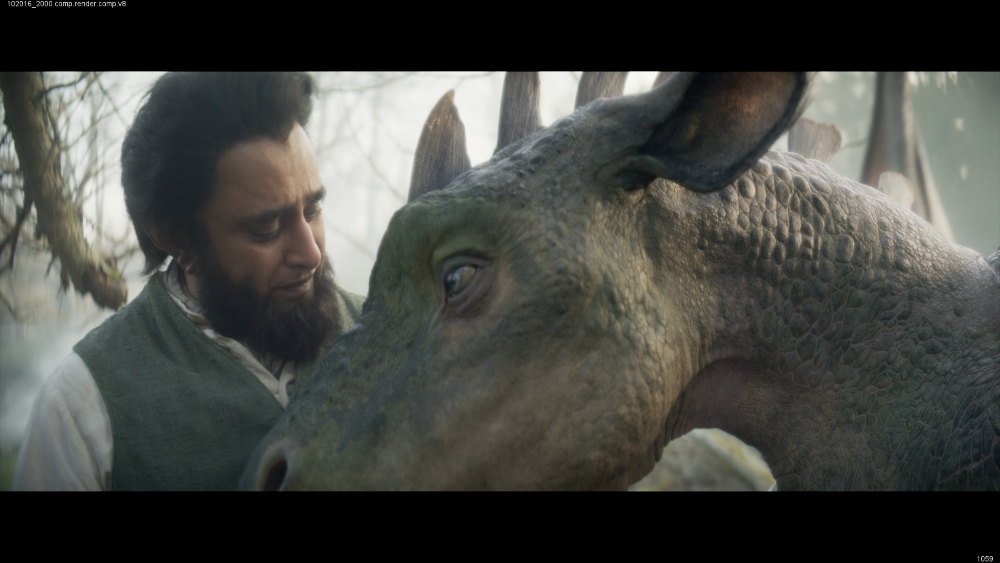
There are lots of little Easter eggs and little nuggets sprinkled all throughout to try to give nods to folks who really know the source material very well. Even in departure points — some of the prologue, for example, at the very beginning of the show, is a real departure point from where the comic books start, Issue #1, but, in that prologue, which was designed by necessity to help new viewers who were not versed in the material get exposure to what the show is, and what the rules are that govern it and who the characters are, we then were able to use that as an opportunity to pay homage to all sorts of different things in the comic books going through, whether that is flying through the gates of horn and ivory and using all of the little panels and the gates of horn in the gate itself, we lifted from Overture, the prequel of the Sandman comic book issues.
There are frames from Overture that are all buried in there as a little bit of a nod [to] the story of the genesis of this gate and how it became what it is. As we fly through, yes, we visit the House of Secrets and Mysteries and Cain and Abel, then we’re passing over this drawbridge on which we’ve got [the] dream ship from Overture again, which is not something that we’ve spent any time with, but it’s something that we wanted to have there, tucked in the back of our pocket. We fly through this grand foyer and keen viewers will look and [see] there are little portraits of Shakespeare and Chaucer, and those characters come up in Sandman.
Whenever possible, we were trying to put these little bread crumbs, put these little things in that said, ‘we know this might be a little bit of a different experience, but we know the source material. If you can trust us, we will do everything we can to pay this off for you as fans of the show while still having a big enough tent to welcome viewers to make sure that it can be a show that can succeed.’ It’s such a diverse show in terms of blurring genre and each episode is its own different thing. We knew that that was going to be something that either off-put viewers or hopefully attract viewers, and we hoped that allowing those sorts of things would allow for much more access and more exposure to the project itself. That was definitely on our minds and part of our intentions. I hope that we were able to deliver.
Season 1 of The Sandman is now streaming on Netflix.





